Google Pixel 4 review: Delight and frustration
Google’s latest handset is a mixed bag of blistering cameras and battery woes
The Pixel 4 is a clever little phone that’s undermined by a series of rather basic flaws, including one of the worst battery lives we’ve seen on a modern flagship. The camera is still outstanding, but you’ll have to look past a few irritations to get the most out of it.
-
+
Fantastic camera; Smart software features
-
-
No fingerprint sensor; Terrible battery life; Low starting storage allocation

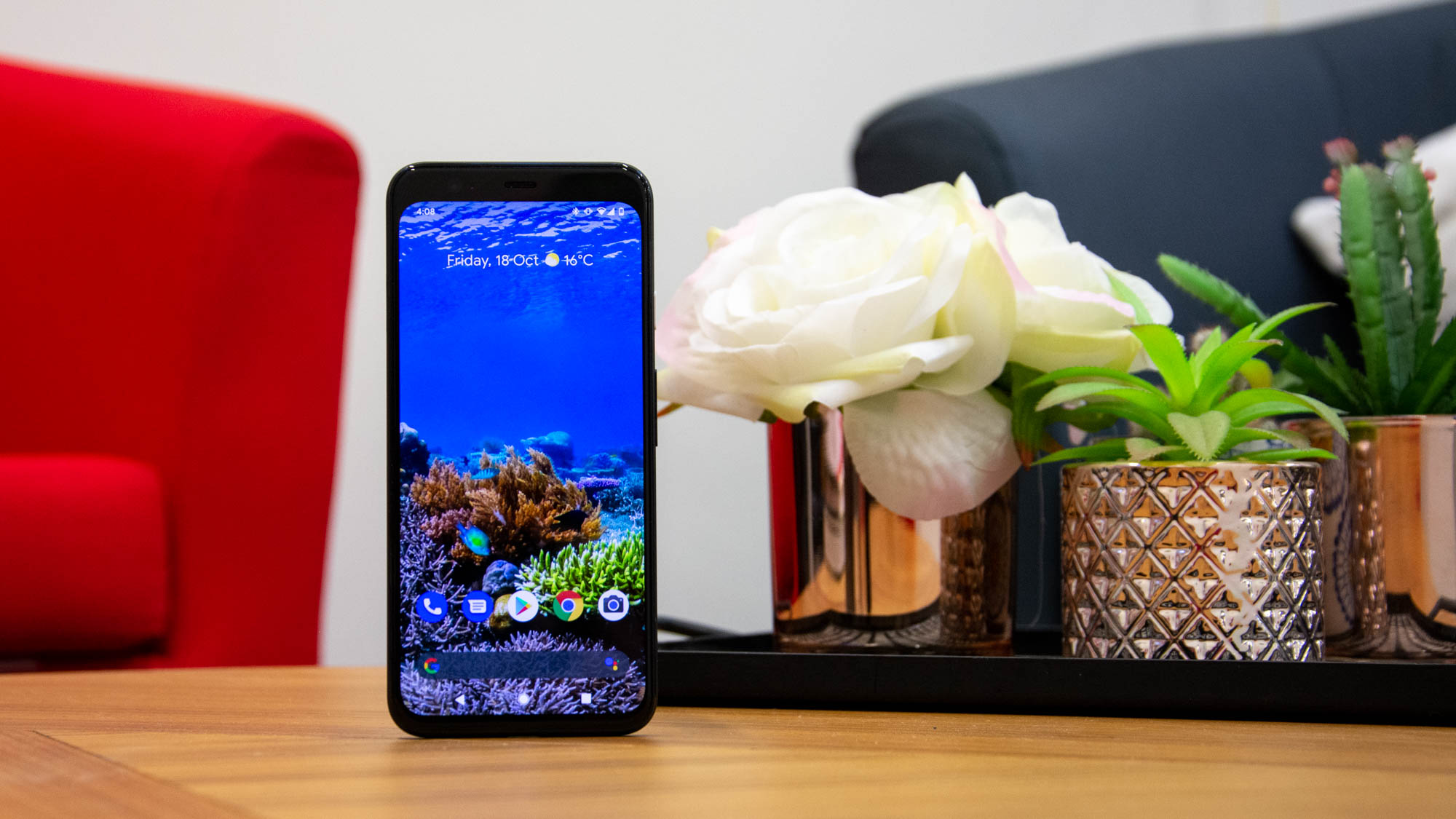
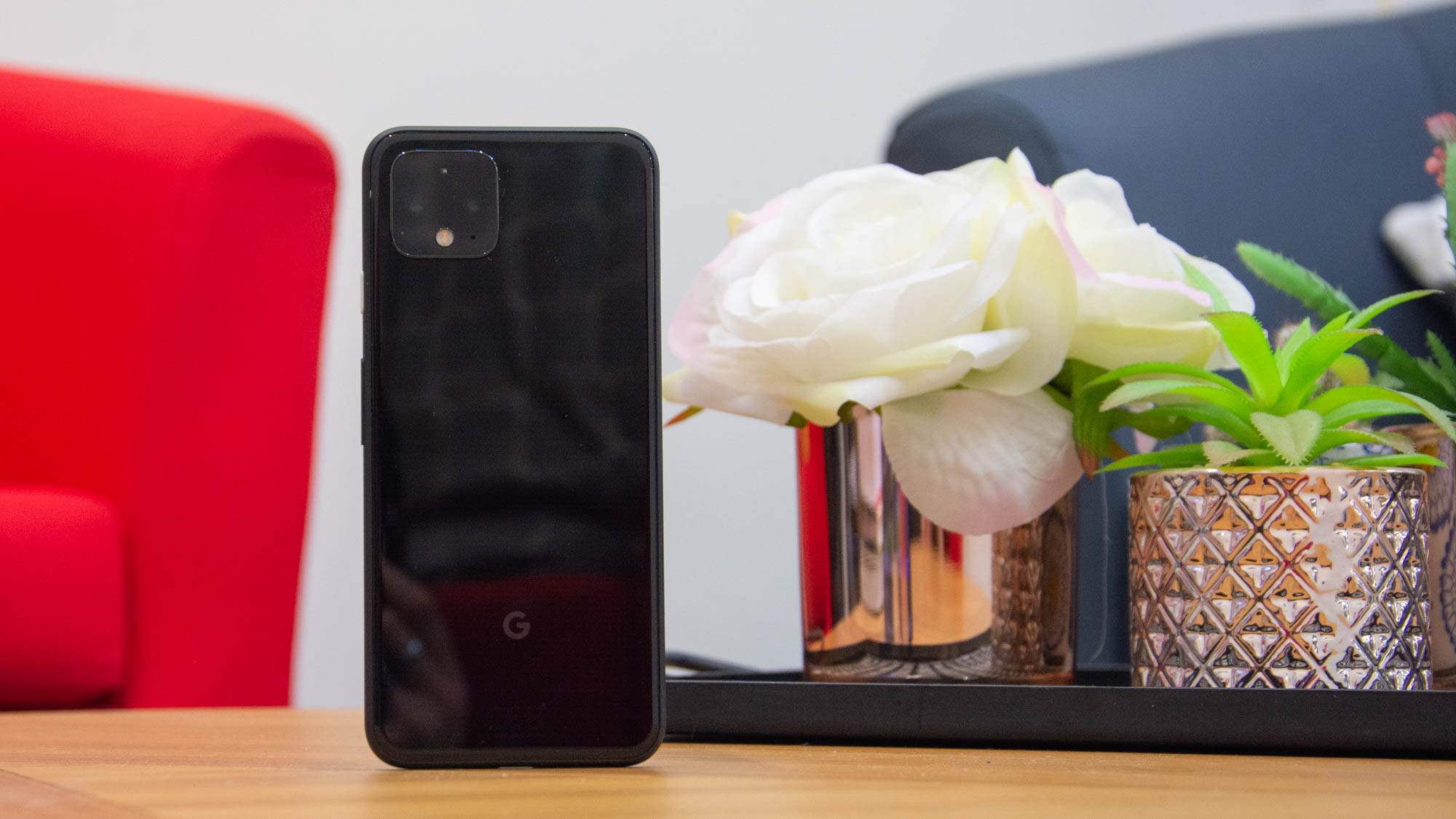
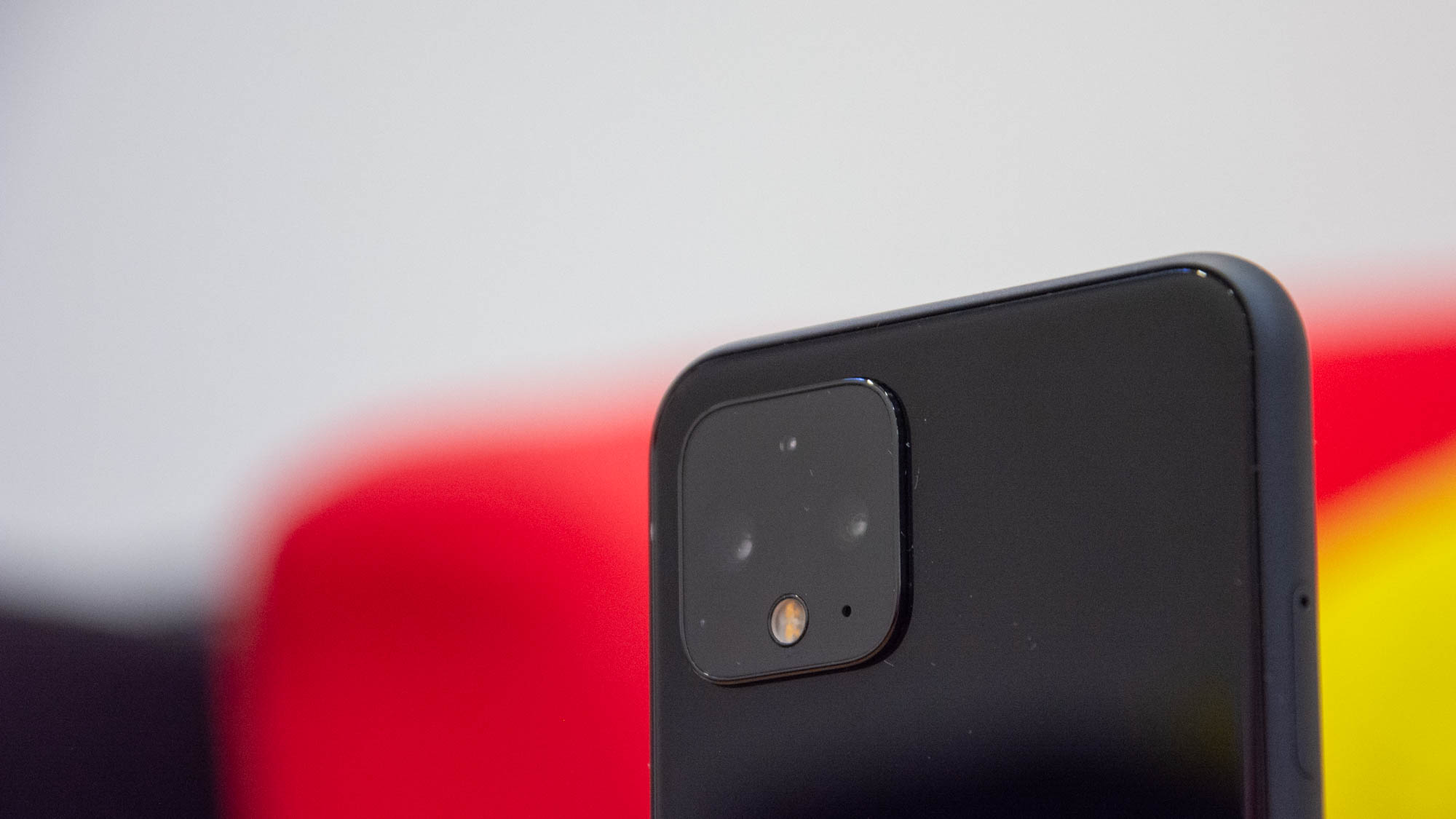
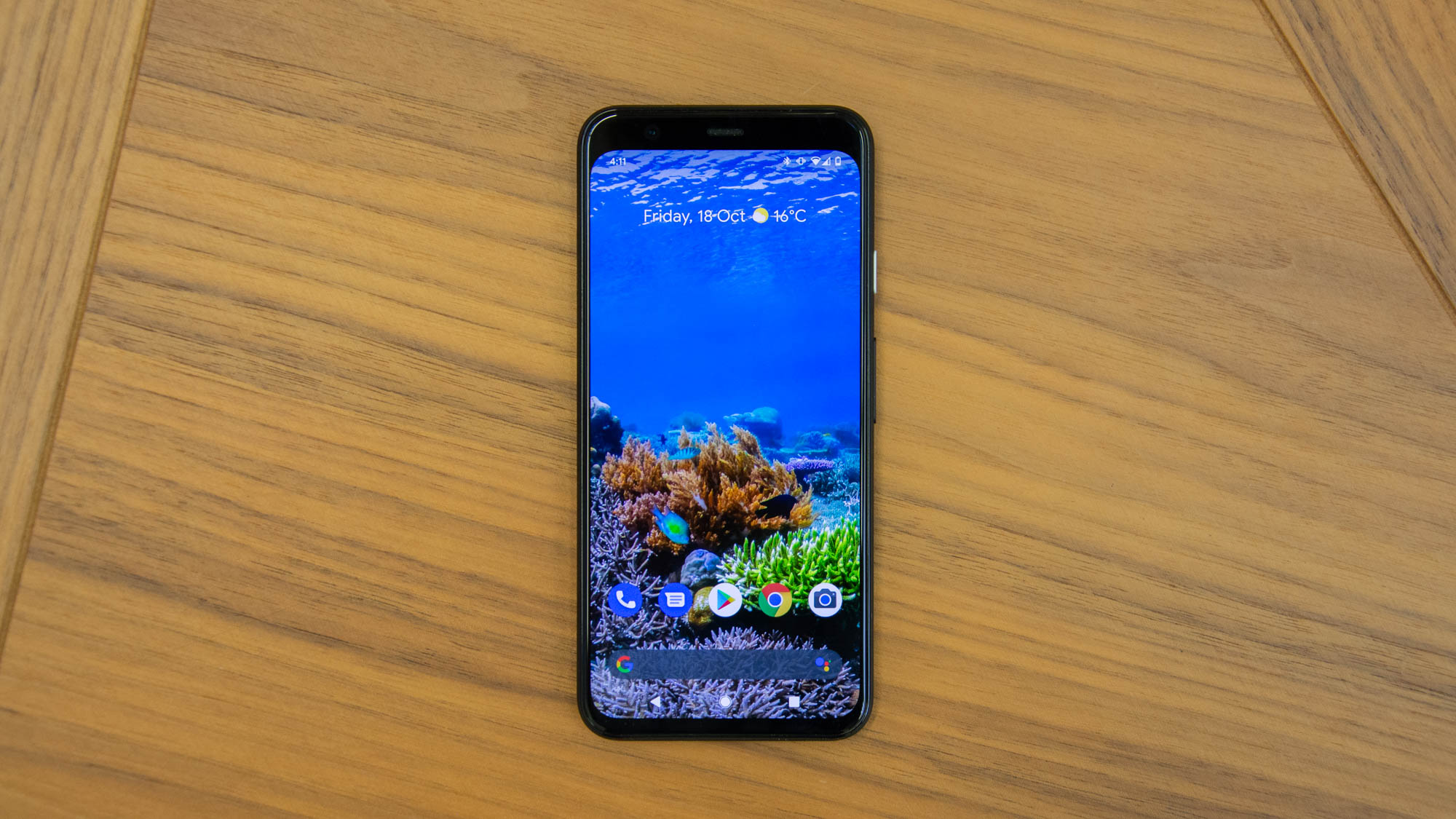
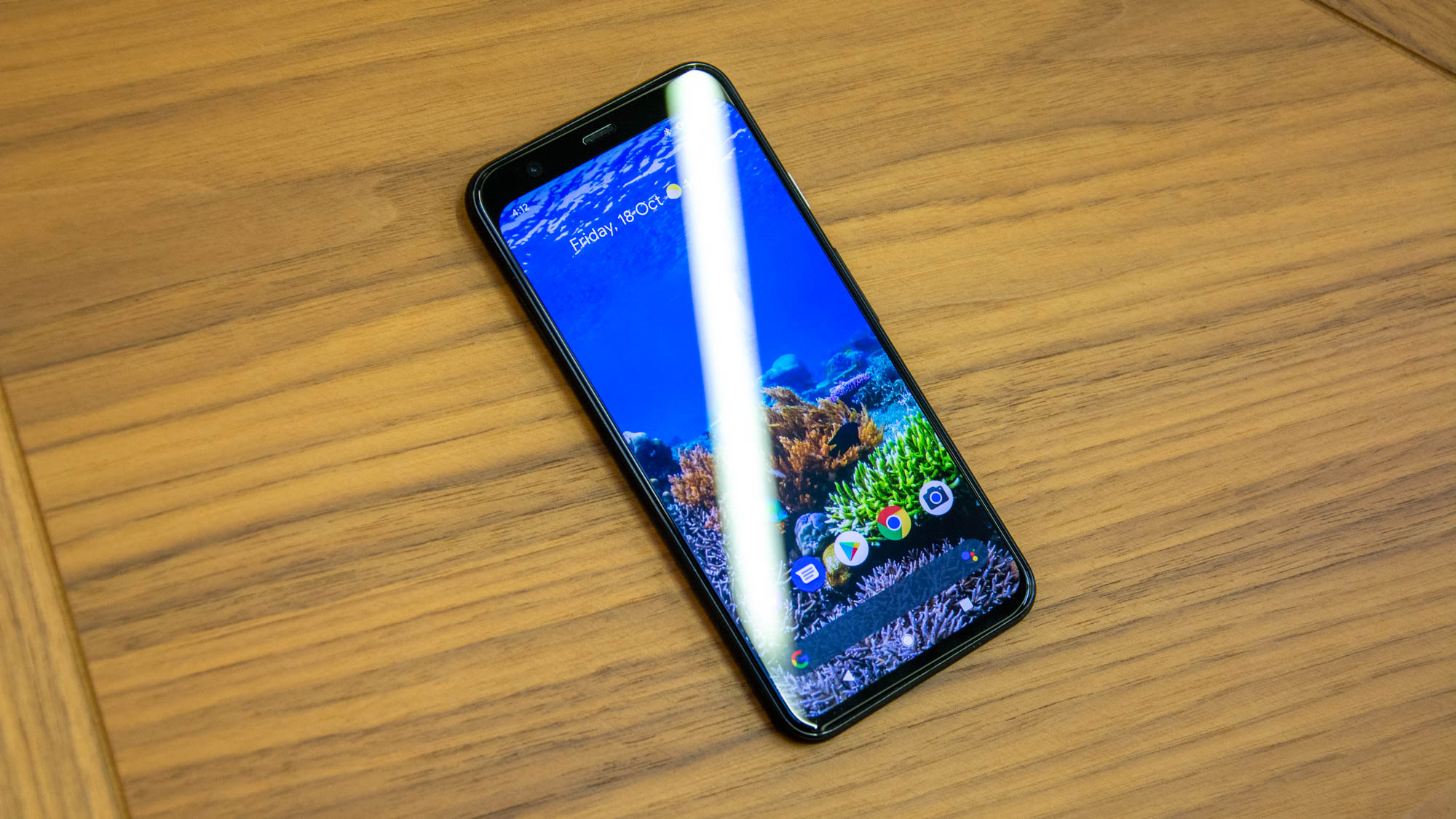
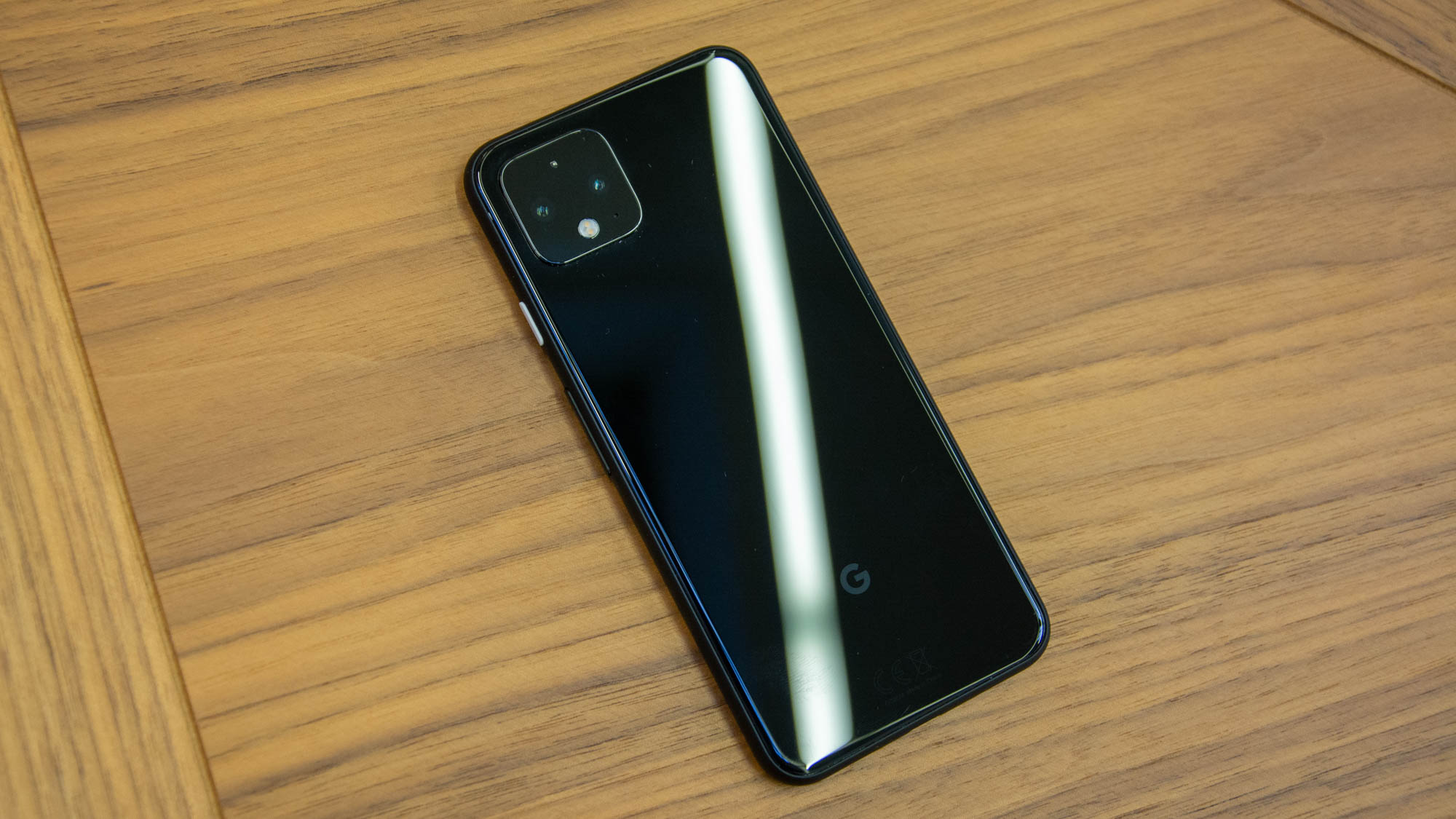
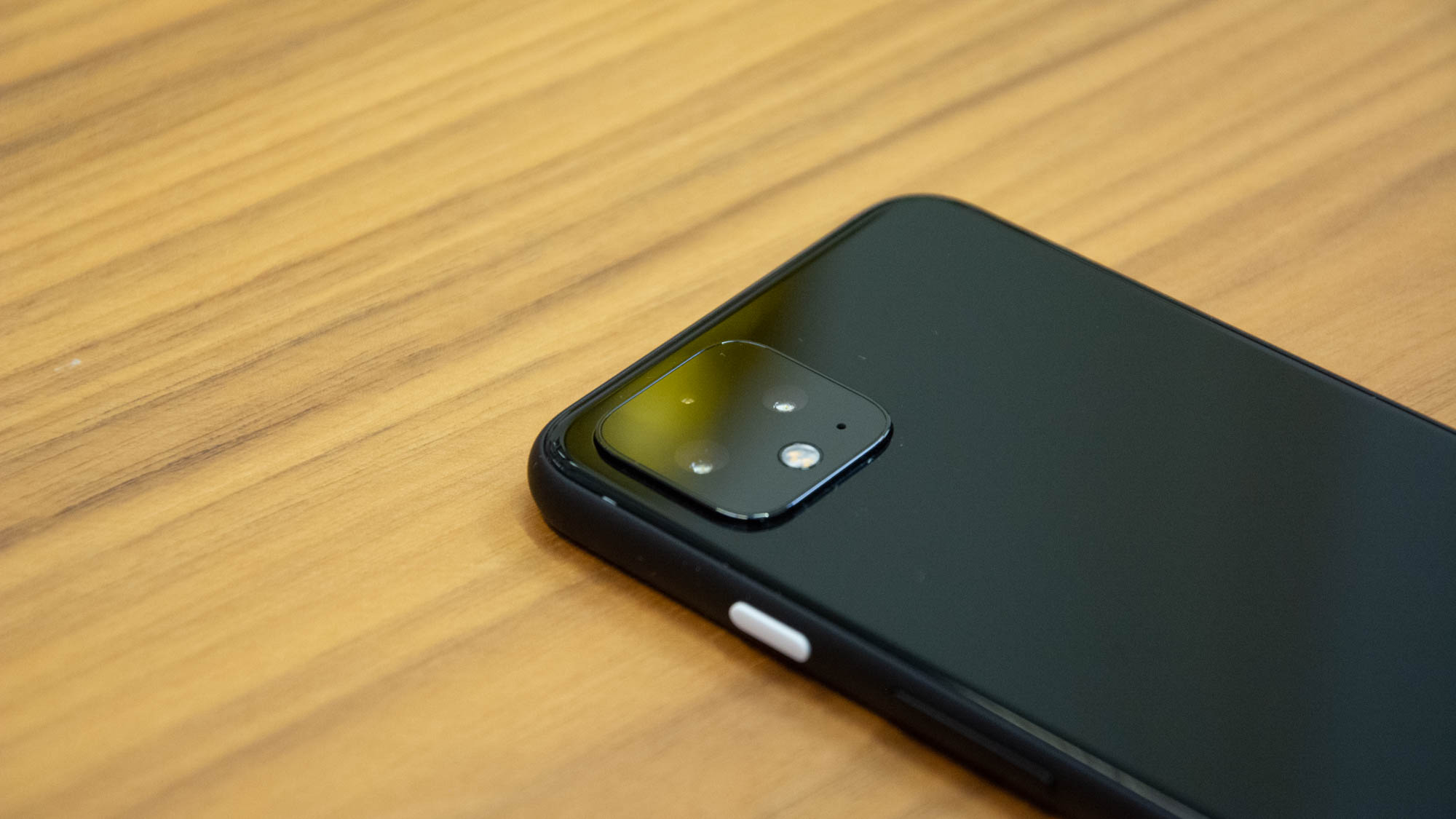
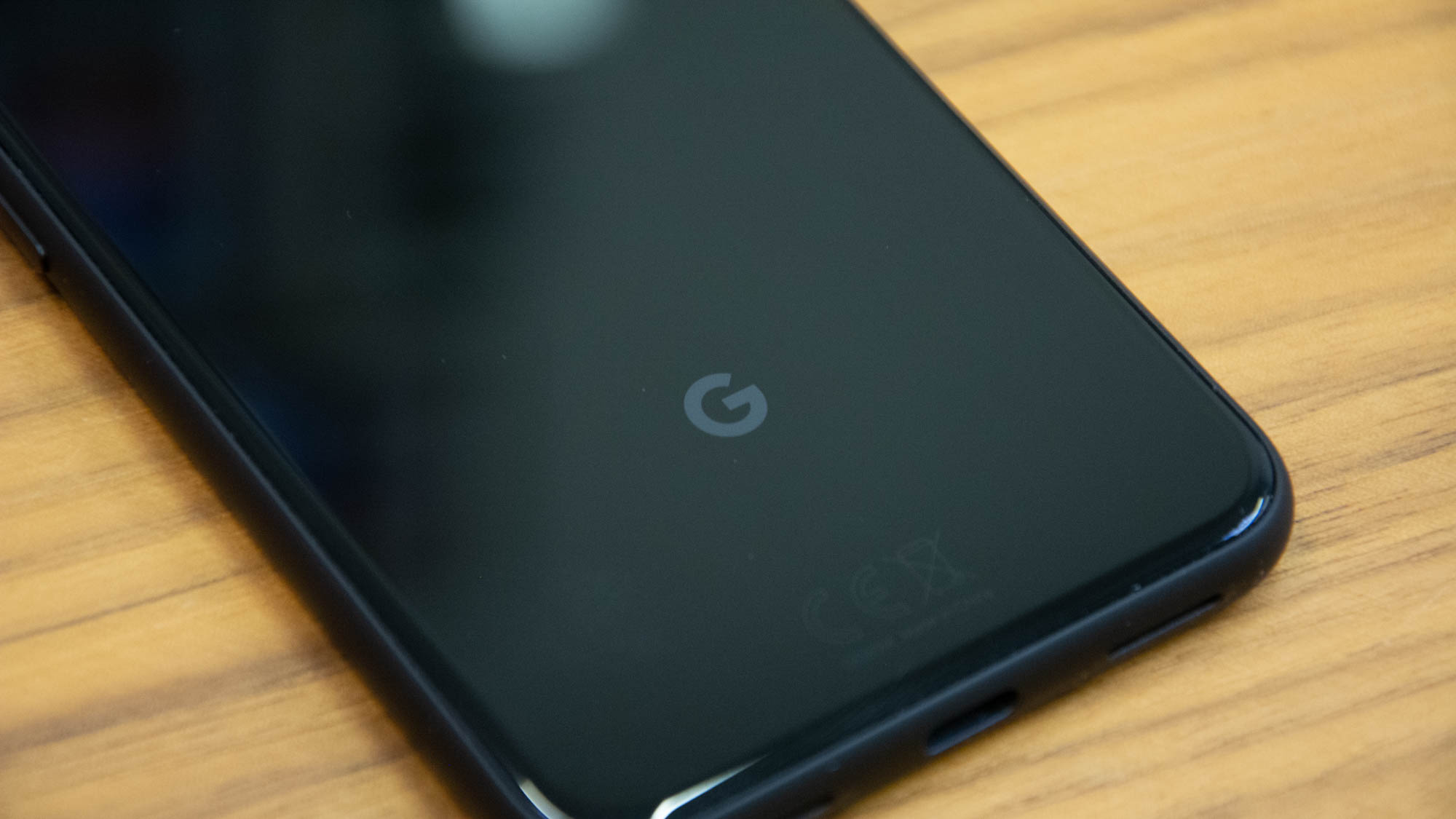
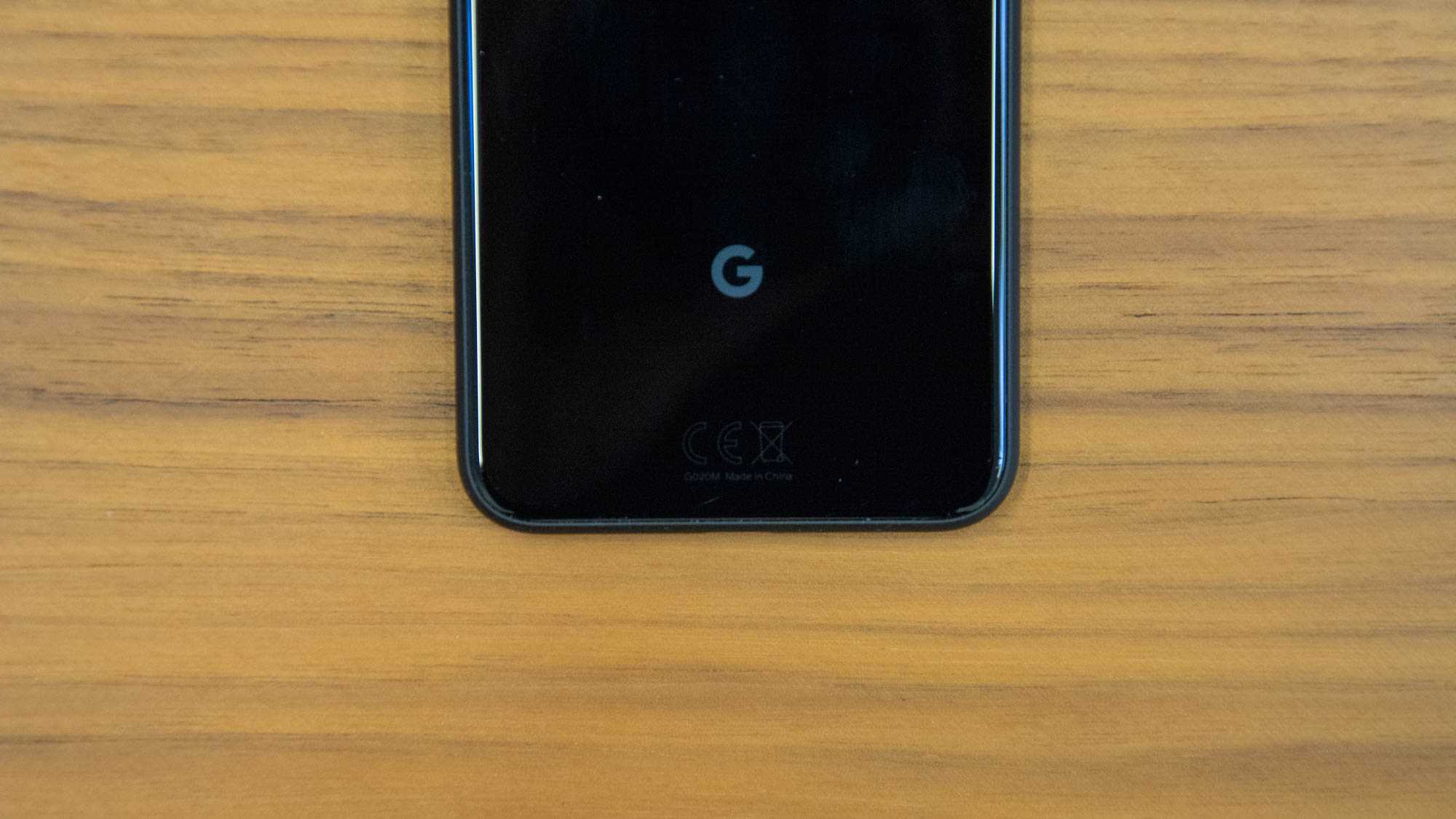
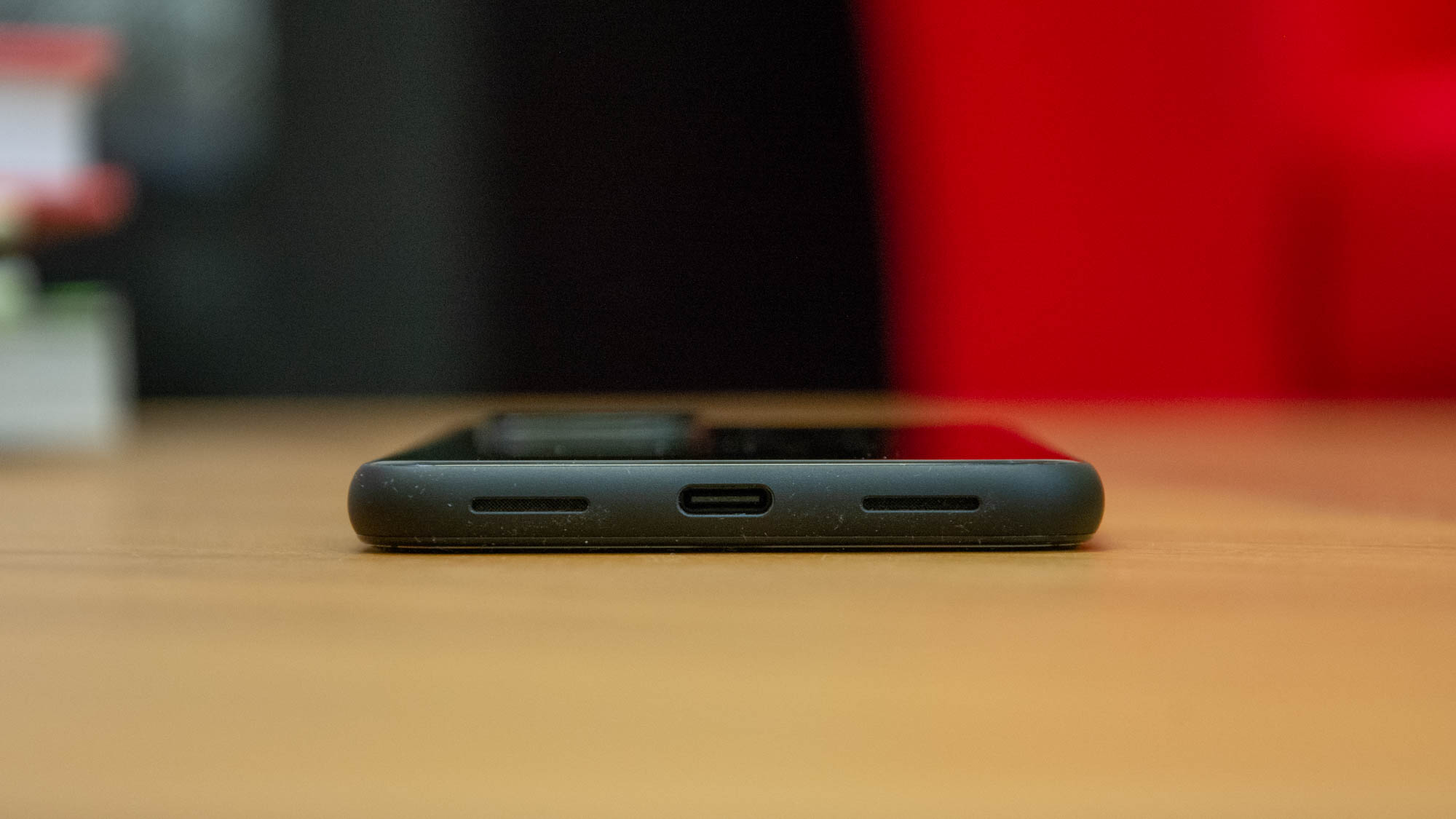
We've long been fans of Google's first-party hardware, particularly the company's flagship Pixel phones thanks to their excellent cameras and market-leading software. However, with rivals rapidly catching up, and the class-leading iPhone 11 now cheaper than ever, the Pixel 4 has more competition on its hands than any of its predecessors.
Unfortunately, despite having some tricks up its sleeve in the form of an improved camera and some fancy new features, there are too many foundational issues holding it back from reaching its potential.
Google Pixel 4 review: Design
Looking at it face-on, the Pixel 4 isn't really all that different from the Pixel 3. The screen bezel on the bottom edge is smaller now that the speaker has moved to the bottom of the handset, but other than that it's virtually identical to its predecessor. Flip it over, however, and it's a different story. The unique two-tone frosted glass rear is no more, replaced instead by a single sheet of polished glass that looks oddly reminiscent of the iPhone 4.
That impression is furthered by the fact that the Pixel 4 features a chunky plastic rim around the edge of the device, rather than the rounded look sported by last year's model. This makes it easier to hold, and somewhat less slippery than the Pixel 3, but it's not quite as attractive as the dual finish it used to have.
The Pixel 4 also uses a new camera layout; it's fitted with a dual-lens camera for the first time, housed in a square enclosure not unlike the one seen on Apple's iPhone 11 Pro Max. We're not fans of this layout, though; not only does the look of it rub us up the wrong way, but it's one of the thickest camera bumps we've seen in a while, and exacerbates the age-old problem of phones not quite sitting flush with the desk when placed face-up.

That (admittedly minor) quibble aside, the Pixel 4 is a relatively well-designed phone. Its 5.7in screen size means it's not too unwieldy while also having enough screen space to be useful. With a weight of 162g and an 8.2mm thickness, the handset is also respectably insubstantial, if not class-leading.
One thing we should note is that the Gorilla Glass 5 (which is used on both the front and rear) has already picked up a few scratches in the brief time we've been using it. That's faster than most other phones we've tested, and we haven't been especially punishing with this device.
Google Pixel 4 review: Display
The display itself is also a bit of a mixed bag. While it's attractive enough, with vivid colours and a sterling maximum brightness of 430cd/m2, the actual accuracy of the display leaves something to be desired. Our tests measured a 90.5% coverage of the sRGB spectrum, and although this isn't a big problem - it's still a high score, and it's unlikely that you'll be doing anything requiring professional levels of colour accuracy on a phone to begin with - it's a drop of just over 5% compared to the Pixel 3.
That's unfortunate, but it does make up for it in one key area - the screen itself supports a 90Hz refresh rate. The main benefit of this, apart from for gaming, is that it makes scrolling through apps and documents smoother and more pleasing on the eye. It's a subtle difference and one you probably wouldn't notice unless you were specifically looking out for it, but it does make the Pixel 4 a nicer phone to use for day-to-day apps, assuming they support the faster refresh rate.
The Pixel 4 also introduces 'Ambient EQ', an almost identical feature to Apple's True Tone that adjusts the display's colour temperature to optimum levels based on ambient lighting conditions. Like the 90Hz display, it's a subtle change but one that works well to create an enjoyable overall experience.
Google Pixel 4 review: Specs and performance
Google has equipped its latest flagship smartphone with a Qualcomm Snapdragon 855 processor and 6GB of RAM - another first for the Pixel range. However, as we've stated a number of times in the past, performance isn't really an issue for phones these days. Mobile processors are good enough that you'll rarely struggle to run apps, and high-end devices like the Samsung Galaxy Note 10+ can even power entire desktop environments without issue.

While the Pixel 4 doesn't support desktop environments, it's perfectly capable of doing everything else you'll need it to without breaking a sweat. It's roughly 75% faster than its predecessor according to the Geekbench 5 benchmark, and it averages out to something comparable to the Galaxy S10, with slightly slower single-core performance but faster multi-threaded speeds. In short, it's fast enough to cover basically all of your needs.
One element that may not cover all your needs is the storage, which starts at a rather meagre 64GB for the base option. In 2019, that feels a little stingy and although the free photo storage for Pixel owners may alleviate the strain somewhat, it's still a shame.
Google Pixel 4 review: Battery
Sadly, speed isn't really the Pixel's biggest problem. That honour, once again, goes to its absolutely woeful battery life. The previous generation took a fair amount of flak for not lasting terribly long between charges but, for some reason, Google decided that the best response to these criticisms would be to actually reduce the size of the capacity from 2915mAh in the Pixel 3 to 2800mAh for the new device.
As a result, the Pixel 4 managed just 12hrs 7mins in our battery tests - a quarter of an hour shorter than the Pixel 3, despite the increased power-efficiency of the Snapdragon 855 processor. That is a monumental disappointment. We're used to the Pixel 3 needing a quick top-up in order to make it through till bedtime, but on multiple occasions, we needed to charge the Pixel 4 up before we'd even left the office, lest it die during our 40-minute commute.
This is one of the worst experiences we've had with a flagship's battery life for quite some time, and it loses the Pixel some serious points. You can extend the battery life by turning off some of the more unnecessary battery-sucking features (more on those later), but you shouldn't really have to. The Galaxy S10, for example, manages 17hrs 44mins, while the Pixel 3a - which, lest we forget, is meant to be the cheaper and less capable variant - outlasts the fourth-generation Pixel by a full three hours.
Google Pixel 4 review: Camera
With that in mind, the camera suddenly has some heavy lifting to do. This is usually the highlight of the Pixel range, but that's not down to the photographic hardware. While the likes of the Galaxy S10 5G use multiple lenses to capture their shots, the Pixels have traditionally used a single lens backed up by powerful AI-driven software to pull off fancy tricks like image compositing, artificial bokeh and the ever-impressive (and now widely copied) Night Sight mode.

For the Pixel 4, Google has finally added a second lens: a 16MP 2x telephoto lens to augment the pre-existing 12MP lens carried over from the Pixel 3. We're happy to report that not only is Google's camera as strong as ever, but the groundbreaking behind-the-scenes software is also still working its magic. Not only is Night Sight better and more impressive than ever, but its HDR+ algorithm has also been tuned up to give even better contrast.
More importantly, the camera app will now show you a more accurate representation of what the results will be after HDR+ has been applied before you take the picture. You can also manually change the exposure in the foreground and background, independently of one another.
This is a seriously impressive feature, as is the new astral photography mode. This works by taking a series of 15 long-exposure shots and combining them, just like real astral photographers do with DSLR cameras. You'll get the best results with a tripod or stand, and you'll need to be pretty far out in the sticks before the light pollution levels become low enough to get any good shots - but it works just as well propped up against any stable surface, and the results can be seriously impressive.
In short, for those who just want to snap away in auto, secure in the knowledge that their photos will come out looking superb then the Pixel is still the phone to beat. Other phones are catching up fast - the iPhone 11 Pro, in particular, is edging a win in some areas - but for fire-and-forget finesse, the Pixel 4 is still king of the hill in our eyes.
Google Pixel 4 review: Motion Sense
Besides the camera, another key Pixel selling-point is its weird and wonderful software. This time the headline feature is a new suite of gesture-based controls, split between on-screen swipes and physical motions. The latter, which Google is calling Motion Sense, is familiar enough; the Pixel uses a radar system powered by a custom-built 'Soli' chip to detect things in the phone's vicinity.
This allows it to detect when you're away from the phone and turn off the 'always-on' display in order to save power. It also detects when you're picking up the phone and activates the new facial recognition unlock feature (which we'll talk about shortly). In certain cases, it also allows you to control various functions by waving your hands over the phone - wave your hand forward or back to skip between tracks on Spotify, for example, or flail at it to silence an alarm. These work well enough and can occasionally be convenient, but for the most part, they're rather pointless. It's rarely much quicker or more intuitive than just reaching over and tapping the phone itself.

The other element of this is the new gesture-based navigation system introduced with Android 10. Google has experimented with this previously - the Pixel 3 included elements of it, which were relatively easy to use after a brief adjustment period - but the Pixel 4 is on another level.
Swipe up from the bottom of the display to go back to the home screen, followed by another swipe from the bottom to open the app drawer. To access your recent apps, swipe up from the bottom of the screen and hold for a second or two. To go back to the previous screen, swipe from the edge of the screen into the middle. Oh, and the Google Assistant can be invoked by swiping in from one of the corners, in addition to squeezing the device.
This navigation system is unintuitive. Your mileage may vary, but we could not get on with it at all. Not only did we have to keep looking up how the system worked, but we also had to unlearn years of painstakingly developed muscle memory. Thankfully, you can switch back to the old three-button system in the settings - which we did within two days of grappling with the gesture-based imposter.
Google Pixel 4 review: Features
The usual range of features is present and correct. The Pixel 4 supports both fast-charging and wireless charging, and it's IP68 rated which means it's resistant to dust and immersion in water. The 3.5mm headphone jack is absent once again, but there's still a set of Pixel USB-C Earbuds and an adapter in the box.
Another clever little feature which deserves a mention is the recording software. This is a built-in feature with Pixel that captures voice recordings and automatically transcribes them using on-device AI. It's a feature similar to other auto transcription apps, including Otter, which is something that we personally use quite a lot.
The above paragraph was transcribed entirely using the service - the only edit we made was to capitalise 'Otter'. The fact that it does it on the fly - with no internet connection required - is especially impressive. It may not be hugely useful for the average user, but for journalists or other people that take copious notes, it's an incredibly handy feature to have.

One thing you may notice when handling the Pixel 4 is the conspicuous lack of a fingerprint sensor. The absence of a physical sensor module is nothing new, of course - the Galaxy S10, OnePlus 7T and Huawei P30 Pro don't have one either. However, while those devices have switched to in-display fingerprint sensors, Google has jettisoned the fingerprint sensor altogether, replacing it with facial recognition unlocking.
The face recognition works fairly well. It's not as rapid as examples like the most recent iPhones or the Galaxy S10, but it does the job. There's a slight security issue in that it will unlock your phone even when your eyes are closed, but that's not exactly key to most people's threat models - plus, fingerprint readers themselves are hardly foolproof.
What they are, however, is widely supported by third-party apps. You'd be surprised how annoying it is, after the last five years of growing biometric adoption, to suddenly not have a finger reader any more. Our password manager, for example, does not support facial recognition, so we have to use our ridiculous and awkward password every time we want to open it. Our banking app similarly relies on either a fingerprint scan or a PIN code to open, which is both less secure (in general terms) and less convenient.
In all honesty, this is probably the most frustrating thing about the Pixel 4; the lacklustre battery is irritating but we can mitigate it with regular charging. This, on the other hand, is a constant, regular source of annoyance that we're powerless to do anything about.
Google Pixel 4 review: Verdict
Google's Pixel 4 is an equal mixture of delight and frustration. It's impressive in all the ways we've come to expect from Google's devices; the aforementioned camera is the unquestionable highlight, and some of the software features are incredibly clever.
Unfortunately, it's let down by all of Google's usual foibles, most notably the battery life, which has been the Pixel's consistent Achilles heel. None of these issues are deal-breakers, but equally, it's no longer the must-buy that some of its previous devices have been. In fact, on balance, we'd still recommend the Pixel 3a over the new model - it's much cheaper, with better battery life and minimal compromises. As far as we're concerned, roll on the Pixel 4a.
Verdict
The Pixel 4 is a clever little phone that’s undermined by a series of rather basic flaws, including one of the worst battery lives we’ve seen on a modern flagship. The camera is still outstanding, but you’ll have to look past a few irritations to get the most out of it.
Get the ITPro daily newsletter
Sign up today and you will receive a free copy of our Future Focus 2025 report - the leading guidance on AI, cybersecurity and other IT challenges as per 700+ senior executives
Adam Shepherd has been a technology journalist since 2015, covering everything from cloud storage and security, to smartphones and servers. Over the course of his career, he’s seen the spread of 5G, the growing ubiquity of wireless devices, and the start of the connected revolution. He’s also been to more trade shows and technology conferences than he cares to count.
Adam is an avid follower of the latest hardware innovations, and he is never happier than when tinkering with complex network configurations, or exploring a new Linux distro. He was also previously a co-host on the ITPro Podcast, where he was often found ranting about his love of strange gadgets, his disdain for Windows Mobile, and everything in between.
You can find Adam tweeting about enterprise technology (or more often bad jokes) @AdamShepherUK.
-
 ‘Phishing kits are a force multiplier': Cheap cyber crime kits can be bought on the dark web for less than $25 – and experts warn it’s lowering the barrier of entry for amateur hackers
‘Phishing kits are a force multiplier': Cheap cyber crime kits can be bought on the dark web for less than $25 – and experts warn it’s lowering the barrier of entry for amateur hackersNews Research from NordVPN shows phishing kits are now widely available on the dark web and via messaging apps like Telegram, and are often selling for less than $25.
By Emma Woollacott Published
-
 Redis unveils new tools for developers working on AI applications
Redis unveils new tools for developers working on AI applicationsNews Redis has announced new tools aimed at making it easier for AI developers to build applications and optimize large language model (LLM) outputs.
By Ross Kelly Published
-
 Google layoffs continue with "hundreds" cut from Chrome, Android, and Pixel teams
Google layoffs continue with "hundreds" cut from Chrome, Android, and Pixel teamsNews The tech giant's efficiency drive enters a third year with devices teams the latest target
By Bobby Hellard Published